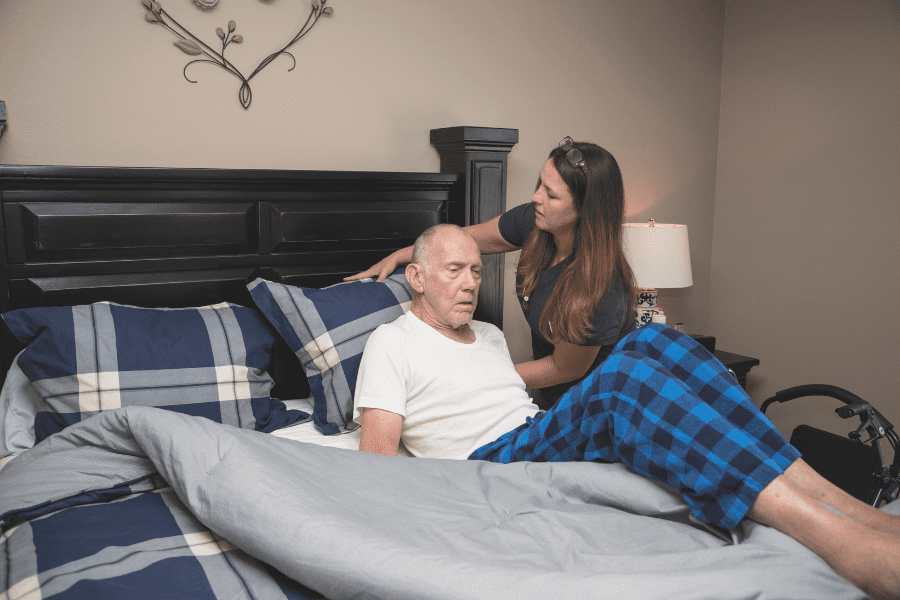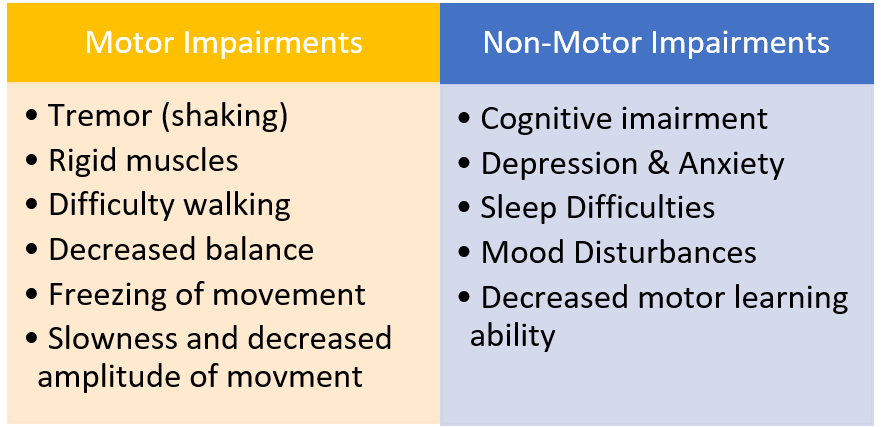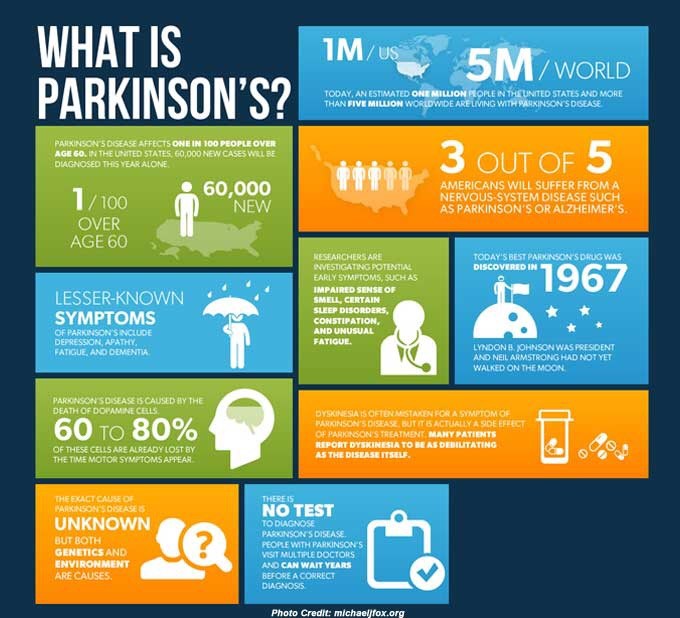
Below, Dr. Hilary Jones explains Parkinson’s disease, how to recognise it, and how to manage it long-term.
What is Parkinson’s?
Imagine having no control over your body’s movements. Visualize shaking and not being able to tie your shoes or even button your shirt the way you used to. Imagine losing more and more control over your normal functions as time goes on, until you are in a wheelchair and constantly being cared for.
Now imagine still being able to think fast and process information during all of this. Sounds scary? It is. What I am describing is Parkinson’s disease.
Causes
Parkinson’s is caused when nerve cells that send dopamine to your brain break down. According to WebMD, “Dopamine sends signals to the part of your brain that controls movement. It makes your muscles move smoothly and do what you want them to do.” Without dopamine, you lose control of how your body moves.
In the case of Parkinson’s, the disease is progressive and runs over a long period of time. There is no known reason why this breakdown in the nerve cells occurs.
Symptoms
Symptoms of Parkinson’s are outlined below:
While there are tons of resources about the disease, such as The Michael J. Fox Foundation, that cover symptoms, treatments, and more, actually living with it can be hard to comprehend. In a story published in the Cambridge News, one councilor discusses what it is like for him to live with Parkinson’s. You can read the full story here.
Councilor Charles Nightingale describes how he found out he had the disease. “I thought I had a frozen shoulder.” He said, “I couldn’t lift my arm too high. I started shaking in my right hand. At the time, I had just been made chairman of South Cambridgeshire District Council. I thought it was a nervous twitch. I used to sit on my hand.” He added, “I went to the doctors and they said I had Parkinson’s.”
Something many of us would think was an issue that might need physical therapy or surgery turned out to be a life-changing diagnosis for this gentleman. He also mentions that it even affected his voice.
Living with Parkinson’s
Living with Parkinson’s can be mentally and physically debilitating. Below are some statistics on Parkinson’s disease.
As you can see, it is a widespread disease, for which research into a cure is ongoing. However, it is not a death sentence. There are ways to treat the symptoms. WebMD lists some of them here. Although this post is not about the treatments, symptoms, or prevention, it is important to know this information. Knowing what it’s like for someone with Parkinson’s is one thing. Taking care of them is another.
According to Parkinson’s UK, every hour someone in the UK finds out they have the condition. What’s more, most people who develop the disease in the UK are over the age of 50, and there are about 145,000 people living with the serious condition.
Dr. Hilary Jones recorded this useful vlog, which is very helpful if you want to know how to spot the early signs of Parkinson’s disease.
Thanks for reading this article. Please check out our blog page for more useful information like this.





